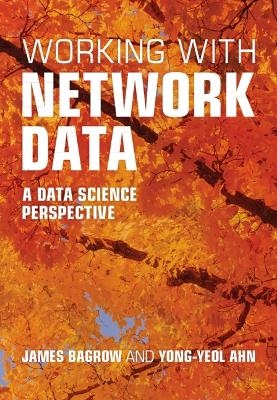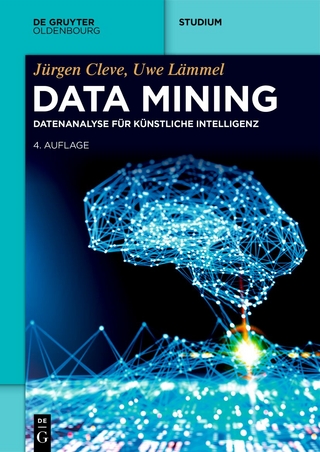
Working with Network Data
Cambridge University Press (Verlag)
978-1-009-21259-5 (ISBN)
Drawing examples from real-world networks, this essential book traces the methods behind network analysis and explains how network data is first gathered, then processed and interpreted. The text will equip you with a toolbox of diverse methods and data modelling approaches, allowing you to quickly start making your own calculations on a huge variety of networked systems. This book sets you up to succeed, addressing the questions of what you need to know and what to do with it, when beginning to work with network data. The hands-on approach adopted throughout means that beginners quickly become capable practitioners, guided by a wealth of interesting examples that demonstrate key concepts. Exercises using real-world data extend and deepen your understanding, and develop effective working patterns in network calculations and analysis. Suitable for both graduate students and researchers across a range of disciplines, this novel text provides a fast-track to network data expertise.
James Bagrow is Associate Professor in Mathematics & Statistics at the University of Vermont. He works at the intersection of data science, complex systems and applied mathematics, using cutting-edge methods, mathematical models and large-scale data to explore and understand complex networks and systems. Yong-Yeol Ahn is Professor at Indiana University and a former Visiting Professor at the Massachusetts Institute of Technology. He specializes in network and data science and machine learning, and his research on complex social and biological systems has been recognized by many awards, including the Microsoft Research Faculty Fellowship.
Contents; Preface; Part I. Background: 1. A whirlwind tour of network science; 2. Network data across fields; 3. Data ethics; 4. Primer; Part II. Applications, Tools and Tasks: 5. The life-cycle of a network study; 6. Gathering data; 7. Extracting networks from data – the 'upstream task'; 8. Implementation: storing and manipulating network data; 9. Incorporating node and edge attributes; 10. Awful errors and how to amend them; 11. Explore and explain: statistics for network data; 12. Understanding network structure and organization; 13. Visualizing networks; 14. Summarizing and comparing networks; 15. Dynamics and dynamic networks; 16. Machine learning; Interlude – Good practices for scientific computing; 17. Research record-keeping; 18. Data provenance; 19. Reproducible and reliable code; 20. Helpful tools; Part III. Fundamentals: 21. Networks demand network thinking: the friendship paradox; 22. Network models; 23. Statistical models and inference; 24. Uncertainty quantification and error analysis; 25. Ghost in the matrix: spectral methods for networks; 26. Embedding and machine learning; 27. Big data and scalability; Conclusion; Bibliography; Index.
| Erscheinungsdatum | 04.06.2024 |
|---|---|
| Zusatzinfo | Worked examples or Exercises |
| Verlagsort | Cambridge |
| Sprache | englisch |
| Maße | 177 x 251 mm |
| Gewicht | 1130 g |
| Themenwelt | Informatik ► Datenbanken ► Data Warehouse / Data Mining |
| Naturwissenschaften ► Physik / Astronomie ► Thermodynamik | |
| ISBN-10 | 1-009-21259-1 / 1009212591 |
| ISBN-13 | 978-1-009-21259-5 / 9781009212595 |
| Zustand | Neuware |
| Informationen gemäß Produktsicherheitsverordnung (GPSR) | |
| Haben Sie eine Frage zum Produkt? |
aus dem Bereich


